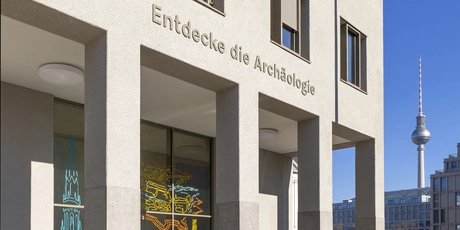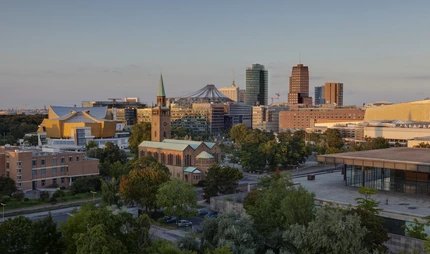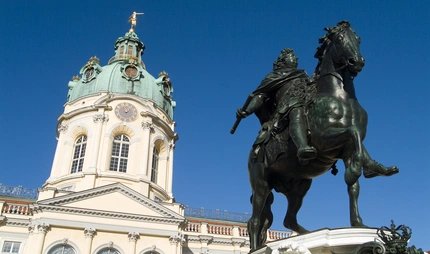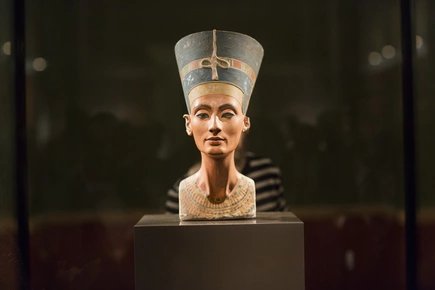
PETRI Berlin
Discover archaeology
Archaeology... a word that most of us associate with adventures, exciting discoveries and a past shrouded in mystery. All the more interesting that there is now a new archaeology lab in the centre of the capital.
The fascination of archaeology on historic Petriplatz
A large archaeological visitor centre has been built over the foundations of a medieval Latin school in recent years, inviting all interested parties to take a fascinating look at the world of archaeology and the early history of Berlin. In a pioneering cooperation between the Museum of Prehistory and Early History of the National Museums in Berlin and the Berlin State Monuments Office, the PETRI Berlin is a lively place where experts and the public can come together to rediscover Berlin's hidden past.
An open archaeology laboratory
PETRI Berlin is far more than a classic exhibition - it is an open archaeology laboratory that provides insights into the exciting world of archaeological research. In glass workshops, project rooms and a free-access magazine, visitors can experience the archaeological process at first hand: from the discovery of finds in the ground to their conservation processing and scientific classification, preservation and presentation.
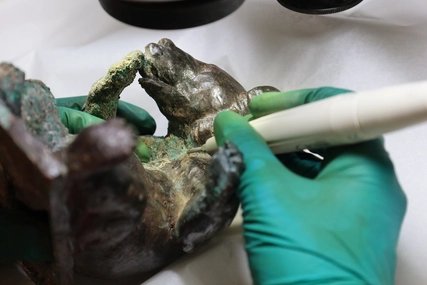
What to expect
- Archaeological window: Take a look at the excavated medieval city structures under the PETRI
- Glass workshops: Watch restorers and archaeologists at work.
- Interactive exhibition: Experience archaeology through digital media and tactile objects.
- Study collection: Discover finds from the Palaeolithic to modern times, including the collection of Trojan antiquities by Heinrich Schliemann.
- Showcase: Familiarise yourself with finds from the Stone Age to the recent past and gain a chronological overview of Berlin's city history.
- Project room: Get an insight into the current excavations of the State Monuments Office.
This is where Berlin began: the excavations under the PETRI
In the years 2007-2009 and 2015, extensive excavations took place on Petriplatz in Berlin's historic centre, which provided valuable information about the early history of Berlin. The archaeologists discovered traces of settlement from the founding period of the twin city of Berlin - Cölln. They also unearthed the remains of the foundations of a medieval Latin school and the walls of the Petrikirche, which has been repeatedly rebuilt over the centuries.
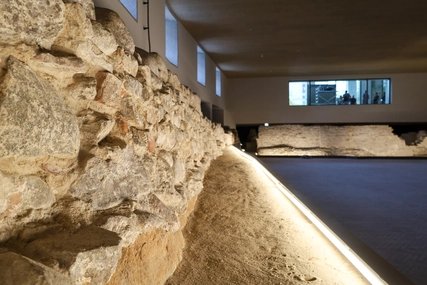
The medieval Petrikirche
The excavated Petrikirche is the original cell of the city of Cölln, which developed on the Spree Island - opposite the medieval city of Berlin. The mention of its priest Symeon in 1237 is considered the first documented mention of the twin town. A large number of burials were discovered in the churchyard of St Peter's Church: Here 3787 bones were recovered, which were carefully analysed. The medieval inhabitants are, so to speak, the first "Berliners" known to us. After their examination, they were buried in the ossuary in the basement of the PETRI in a respectful ceremonial act in the summer of 2024.
Your visit
How to get there
U-Bahn U2 (Spittelmarkt)
S-Bahn S1, S2, S25, S26 (Friedrichstraße); S3, S5, S7, S9 (Alexanderplatz)
Bus 248, 200 (Fischerinsel, Spittelmarkt)
Accessibility
The exhibition is designed to be largely barrier-free. With inclusive offers, PETRI Berlin aims to enable cultural participation for all. From autumn 2025, an audio guide with audio descriptions in German and English will be available, enabling people with visual impairments to explore the museum independently. In addition, various tactile objects make the exhibition a tactile experience.
School classes
For school classes, there are specially designed educational formats that convey history and archaeology in a lively and exciting way. They not only promote an understanding of scientific work, but also arouse curiosity about research and the past.
Tuesday to Friday 9 am to 5 pm
Saturday and Sunday 10 am to 6 pm
